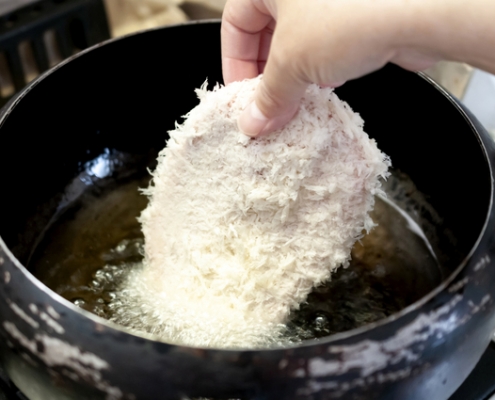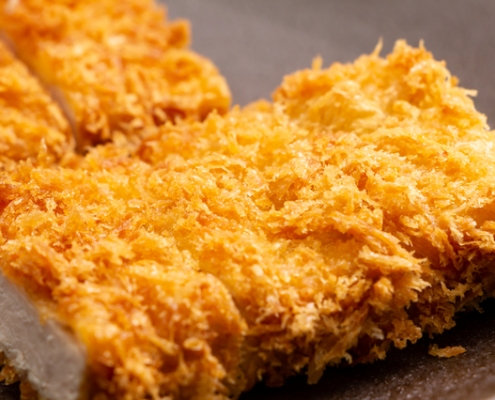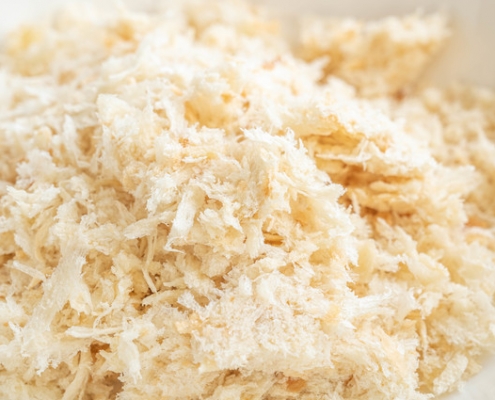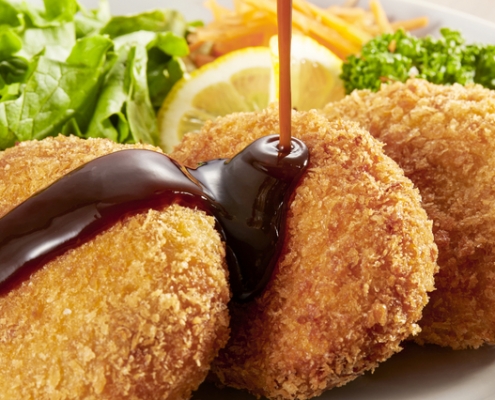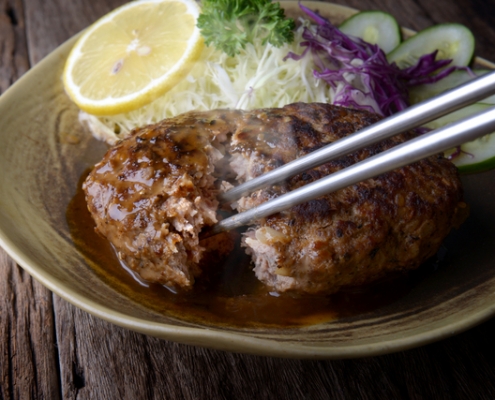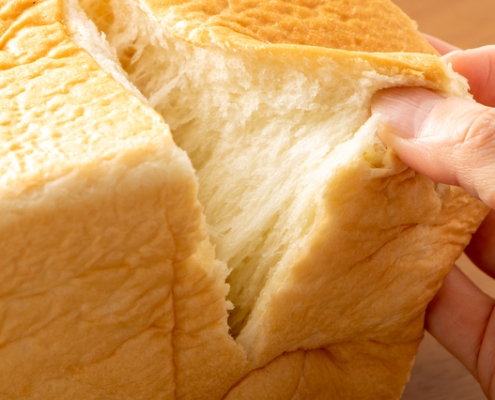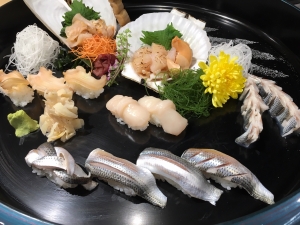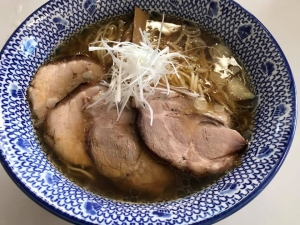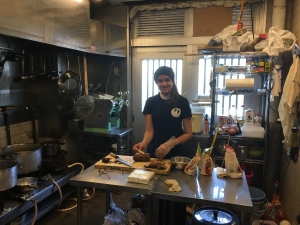Use Japanese PANKO Instead of Breadcrumbs, If You Want the Crispy Texture!
April 29th 2021 Updated
The crispiness of Japanese tonkatsu that envelopes umami of pork. Many of you must have been fascinated by it. The secret of the texture is panko.
Panko, literally meaning “bread powder” in Japanese, is made by breaking bread into pieces and sifting them to make the size of the particles even. The ingredients include flour, yeast, salt, sugars, oil, yeast nutrients, food dyes, and additives.
What Is the Difference between Panko and Breadcrumbs?
Breadcrumbs are made of diverse kinds of bread and characterized with fine and firm grains.
Breadcrumbs
On the other hand, panko is mainly made of white bread and its grains are larger and light.
Panko
The difference becomes distinct when you use them for deep-fried foods. Whereas breadcrumbs are crunchy, panko makes an airy crispiness.
In Japan, panko has been familiar to people since old days as the coating of tonkatsu, croquette, or deep-fried shrimps.
Deep Fried Shrimps (Ebi Fry)
Japanese Croquette
How Did Panko Spread over the World?
Since the 1870s, European and American cuisine became widespread in Japan. Japanese chefs then were using breadcrumbs to cook fried fish, but they were imported and very expensive. So, the chefs used cheaper white bread instead to make breadcrumbs on their own by breaking it down and filter the crumbs with a metal sieve. This creative wisdom became the root of today’s Panko.
Then the chefs of Japanese cuisine spread Panko around the world. It is used to make tonkatsu and in the late 1980s, the United States started to produce panko for Japanese restaurants.
When Alton Brown, a host of the popular TV show Iron Chef, highly praised panko, all the star chefs started to use it. Panko thus became popular in the United States and Europe, along with tonkatsu as the typical dish. Panko is now widely accepted in many countries as a common ingredient.
Panko Used for Salisbury Steak (Japanese Hamburger Steak)
Panko is known as an ingredient that gives a crispy texture to tonkatsu and croquette or deep-fried shrimps, oysters, and horse mackerel.
It is also used as a binder in Salisbury steak (Japanese hamburger steak).
As panko soaks up juice from the meat, it seals umami and keeps the moisture in: this is how your Salisbury steak comes out juicy.
What Is a Famous Panko Maker?
It is said that the panko market in Japan amounts to 40 billion JPY (Approx. 360 million USD).
Kyoei Food accounts for 25% of the market as the largest company in the industry.
Outside Japan, a popular maker varies in each country, but you can often find KIKKOMAN’s panko as well.
Where Can I Buy Panko?
You can find panko at Asian grocery stores or Japanese food ingredient suppliers.
Can I Make Panko?
Fresh panko is sold at supermarkets, but you can make it easily with white bread you eat at home!
Break a slice of white bread into bite-size pieces, grind them in a food processor, and you have fresh panko.
The longer you run the food processor, the finer the grains will be, so adjust the size to your taste. If you do not have a food processor, you can still use your hand to tear up or a knife to mince the bread.
If you cook fresh panko in a microwave oven, you can make dried panko. Place fresh panko in a microwave-safe dish and heat for a minute or two. If the panko comes out still moist, add 30 seconds each time and cook till it completely dries out.
When you check if the panko is dry, make sure you touch it after it cools down.
What would you like to know more?

Culinary Schools in Japan
Tokyo Sushi Academy
The first and the most popular sushi school in the world.
Japan Culinary Institute
Japanese culinary training including sushi, kaiseki, yakitori, wagashi and more.
Miyajima Ramen School
More than 1,000 graduates from over 50 countries.
International Ramen School
Ramen study program combined with OJT

